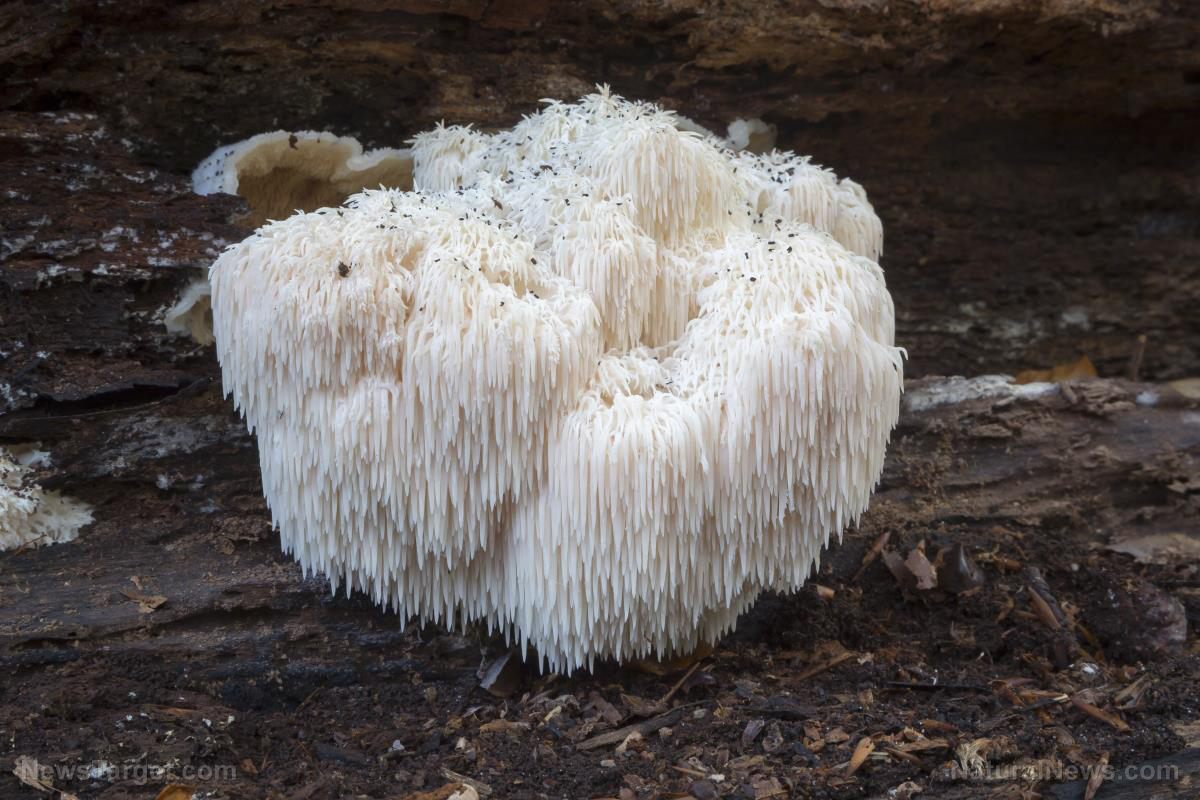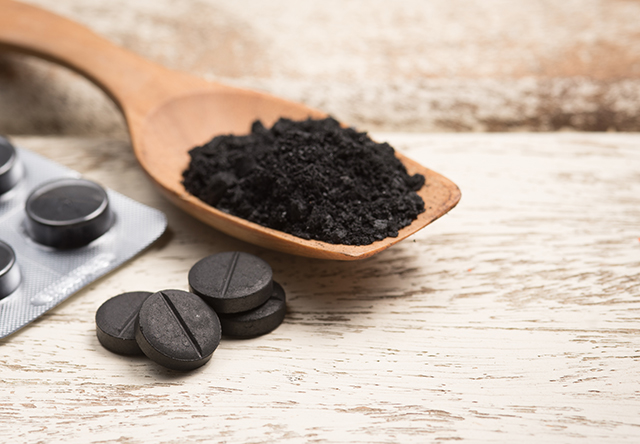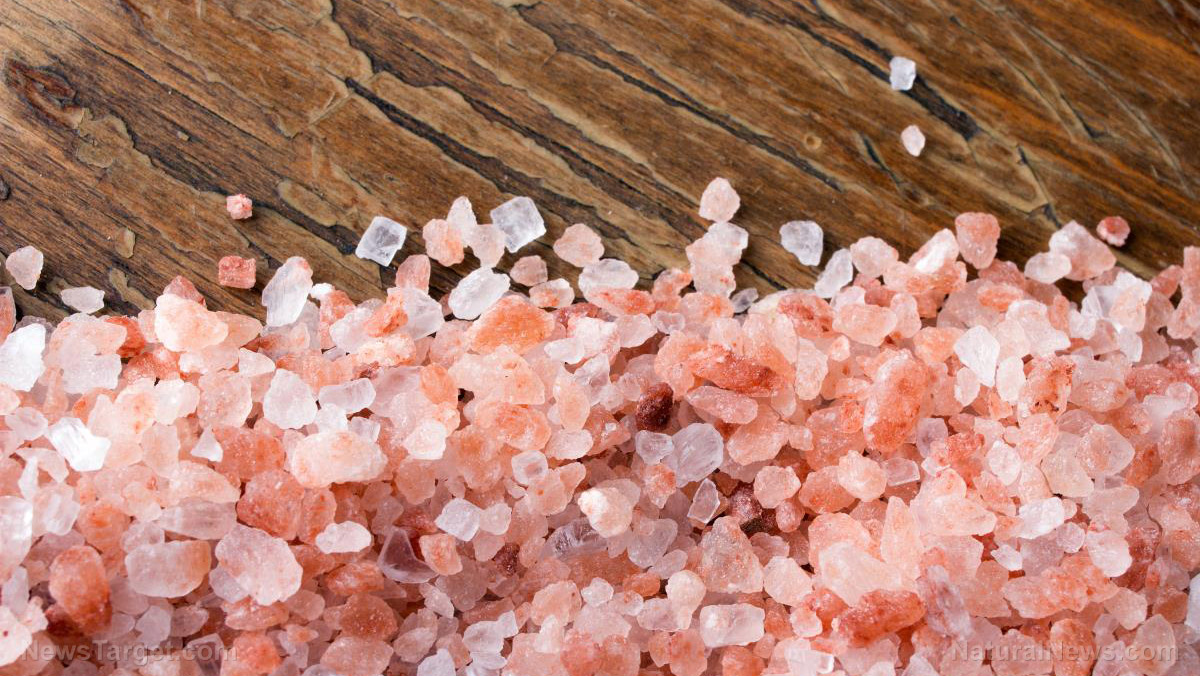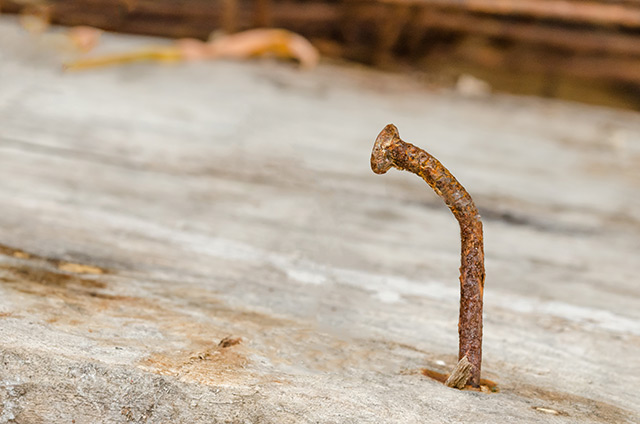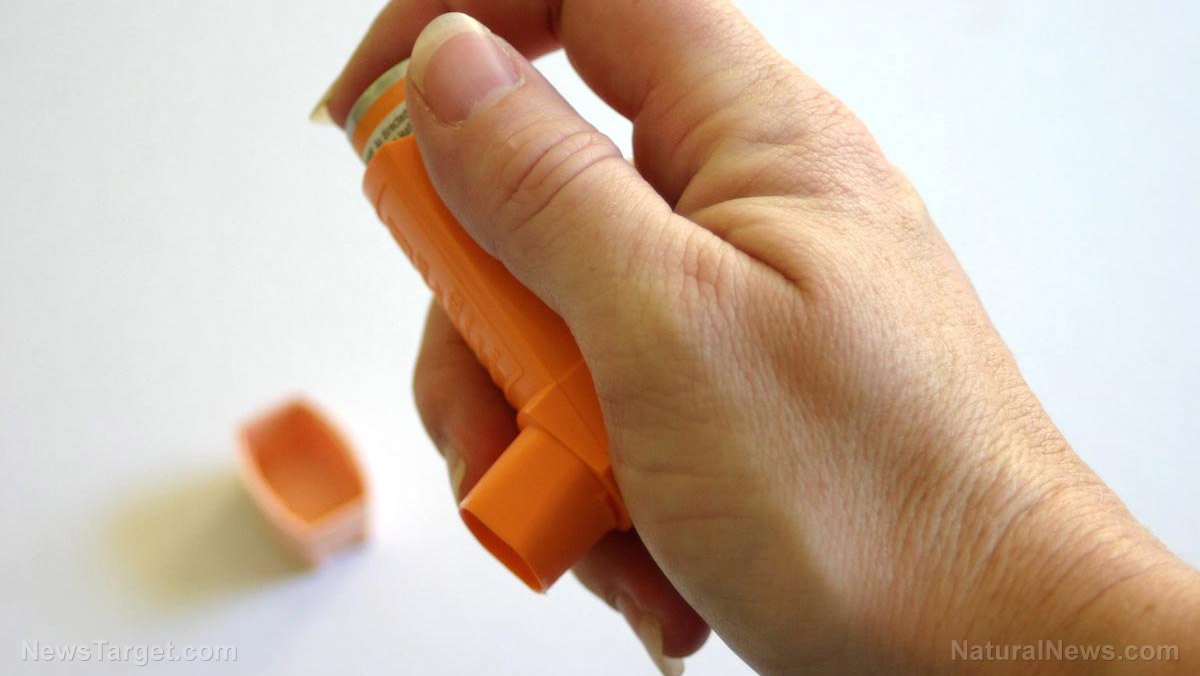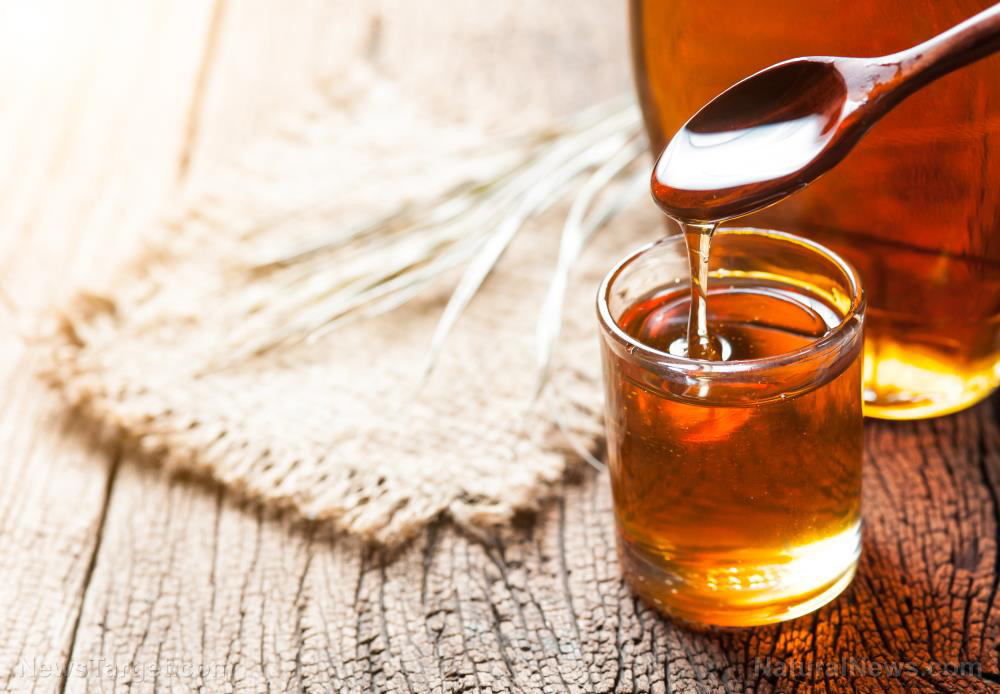Wilderness survival: What to do if you get bitten by a snake
01/02/2022 / By Olivia Cook
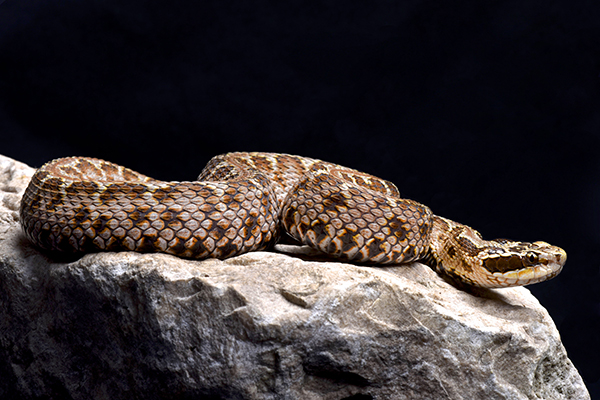
Many people have never seen a snake in person, yet the fear of snakes is one of the most common phobias. Ophidiophobia is the irrational fear of snakes, but it is sometimes called by a more general term, herpetophobia – the fear of reptiles. They slither, hiss and stare with unblinking eyes. Some researchers believe phobias related to reptiles and snakes, specifically, may have been developed by our ancestors as a survival mechanism. But are your fears justified?
Snakes play an important role in the ecosystem. They have a lot to offer us, humans, by controlling populations of disease-carrying rodents and their venom has numerous current and potential medical uses.
Snakes don’t usually have any reason to harm people. They would usually prefer to slither away than to attack. King cobras are shy and would rather flee than attack a human. Mongooses actually hunt and eat them. Venomous or poisonous snakes strike when they feel threatened – just like many other wild animals.
One unusual trait of snakes is that they can control how much venom to release into their targets. Sometimes, they bite without releasing any venom at all – like if they’re hunting prey for food. At other times, they may release enough to kill.
Venomous snakes bite about 8,000 people yearly in the United States. Reports of snake bites are common between April and October when more people are outside and active. Thirty years of data show that out of all those snake bites, no more than 12 people have died from snake bites in any single year. Many bites are a result of people trying to handle or kill the snake. While deaths from snakebite are extremely rare, snake bites do happen and every one of them should be considered a potentially life-threatening emergency.
North America is home to hundreds of different snake species. Rattlesnakes, copperheads, cottonmouths (also known as water moccasins) and coral snakes are a select few venomous snakes that reside in the United States. With a few exceptions, most venomous snakes share distinguishing characteristics that aid in identification.
Common types of non-venomous snakes like garter snakes, kingsnakes, milk snakes, racers and water snakes can be found throughout the Nearctic region (subtropical, tropical, temperate and arctic North America), which stretches from the Mexican Plateau to northern Alaska and Canada. (Related: Bitten by a snake? Here’s what you should do.)
What to do if you are bitten by a snake
Keep these simple tips in mind if you’re ever bitten by a snake.
Call an ambulance
You should treat any snakebite as an emergency.
You need to stay as still as possible. So, rather than running for a phone, use a mobile phone or have someone else go and call for help.
Dial 911 (the national emergency number in the United States) If you or someone near you is having a life-threatening emergency. 112 is also an emergency telephone number but it is primarily used in Europe. If used in the United States, most phone providers will forward you to 911.
Don’t panic and don’t move
While it is easier said than done, staying calm and still after a snake bite can help slow down the spread in your heart. If you have been bitten by a poisonous snake, not moving might save your life. It is a myth that snake venom gets straight into your bloodstream after a bite. Instead, it moves through your lymphatic system. Lymph is a fluid in your body that contains white blood cells. Unlike blood, which is pumped around your body continuously, your lymph moves when you move your limbs. If you can stay still and calm, you can prevent the venom in your lymph from traveling further into your body.
If you’re sure that snake has moved away after biting you and you’re not in danger of being bitten again, remain where you are, rather than walking to get help. If you’re with other people, they shouldn’t move you at all, but start administering first aid where you are.
Take long, deep breaths to help calm yourself down. Remember that the odds are in your people: it’s rare for people to die after being bitten by a snake, especially if they follow first aid steps.
Leave the snake alone
Don’t try to identify, catch, pick up or try to wrap it, injure or kill the snake as this will increase your chance of getting bitten again. At the hospital, staff have access to a range of tests that can help them determine the likely snake, which you have been bitten by, enabling them to give you the most appropriate treatment.
Apply a pressure immobilization bandage and splint
Most snake bites occur on a limb, so legs, feet, arms and hands are most commonly affected. If you’ve been bitten on a limb, applying a pressure immobilization bandage can stop the venom from moving through your lymphatic system.
In the absence of definitive data on much of the pre-hospital management of North American Crotalinnae envenomation, the following recommendations are based on the best available evidence, as well as expert consensus:
- Get a safe distance away from the snake.
- Remove jewelry and loosen tight-fitting clothing.
- Loosely splint or otherwise immobilize the extremity in a functional position.
- As a default action, maintain the bitten extremity in a neutral position with regard to the heart. Other potential actions should be guided by an experienced clinician.
- Get to a hospital, preferably transported by an emergency medical services (EMS) provider – the medical professionals who respond to 911 calls, provide pre-hospital emergency medical care and transport people in crisis health situations. In general, supine positioning will prepare providers in managing possible effects such as hypotension (low blood pressure – 90/60 mm Hg or below) and/or vomiting.
- Avoid useless and/or potentially harmful interventions such as tourniquets, incision, suction, cryotherapy, or electric shock.
You can read more about snake bite first aid, and how to apply a pressure immobilization bandage and a splint in “First Aid/CPR/AED” – the evidence-based approach and ongoing process of review and clarification of the American Health Association (AHA) and the American Red Cross (ARC). The document is their response to a position statement published in The Journal of Medical Toxicology on the use of pressure immobilization for the pre-hospital treatment of North American Crotalinnae envenomation.
Watch the video below to know more about snake bites.
This video is from the channel Victory in Christ channel on Brighteon.com.
Sources include:
Submit a correction >>
Tagged Under:
antivenom, emergency medicine, emergency tourniquet, fear of reptiles, Fear of snakes, herpetophobia, non-venomous snakes, ophidiophobia, pit vipers, preparedness, pressure immobilization, pressure mobilization bandage, snake bite, snakes, survival and preparedness, survival skills, tourniquet, tourniquet application, venomous snakes
This article may contain statements that reflect the opinion of the author
RECENT NEWS & ARTICLES
EmergencyMedicine.News is a fact-based public education website published by Emergency Medicine News Features, LLC.
All content copyright © 2018 by Emergency Medicine News Features, LLC.
Contact Us with Tips or Corrections
All trademarks, registered trademarks and servicemarks mentioned on this site are the property of their respective owners.




